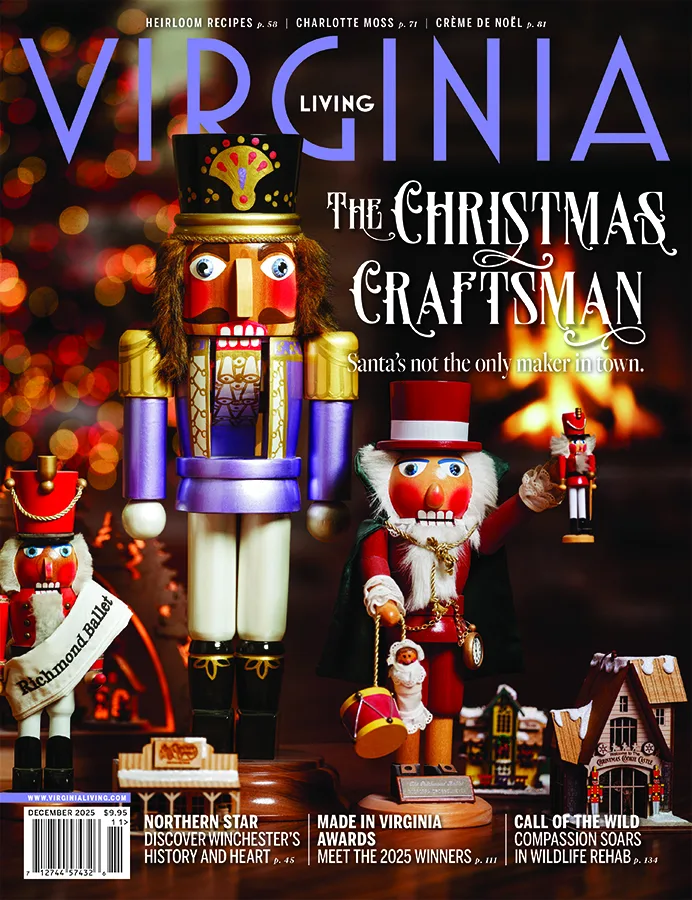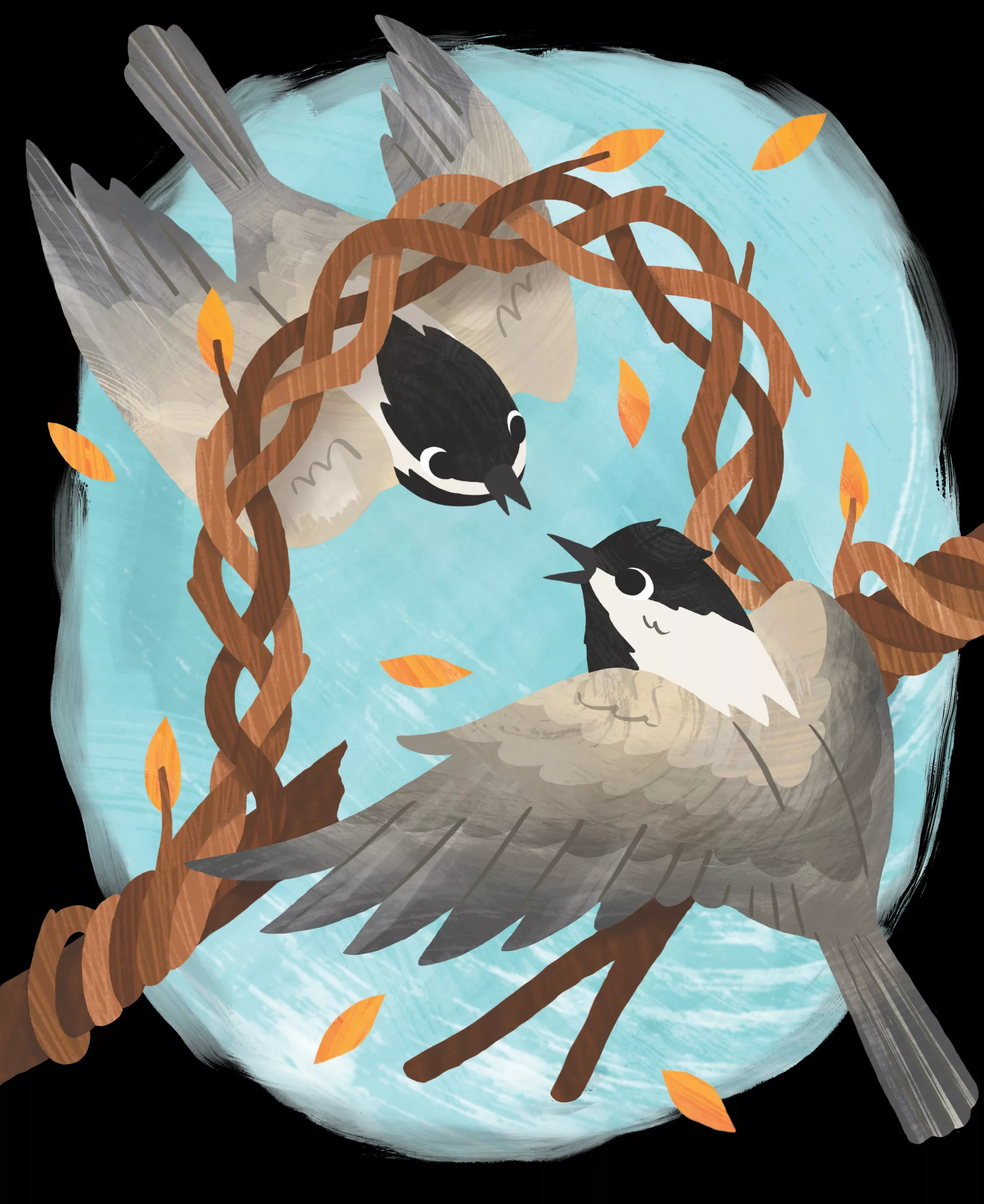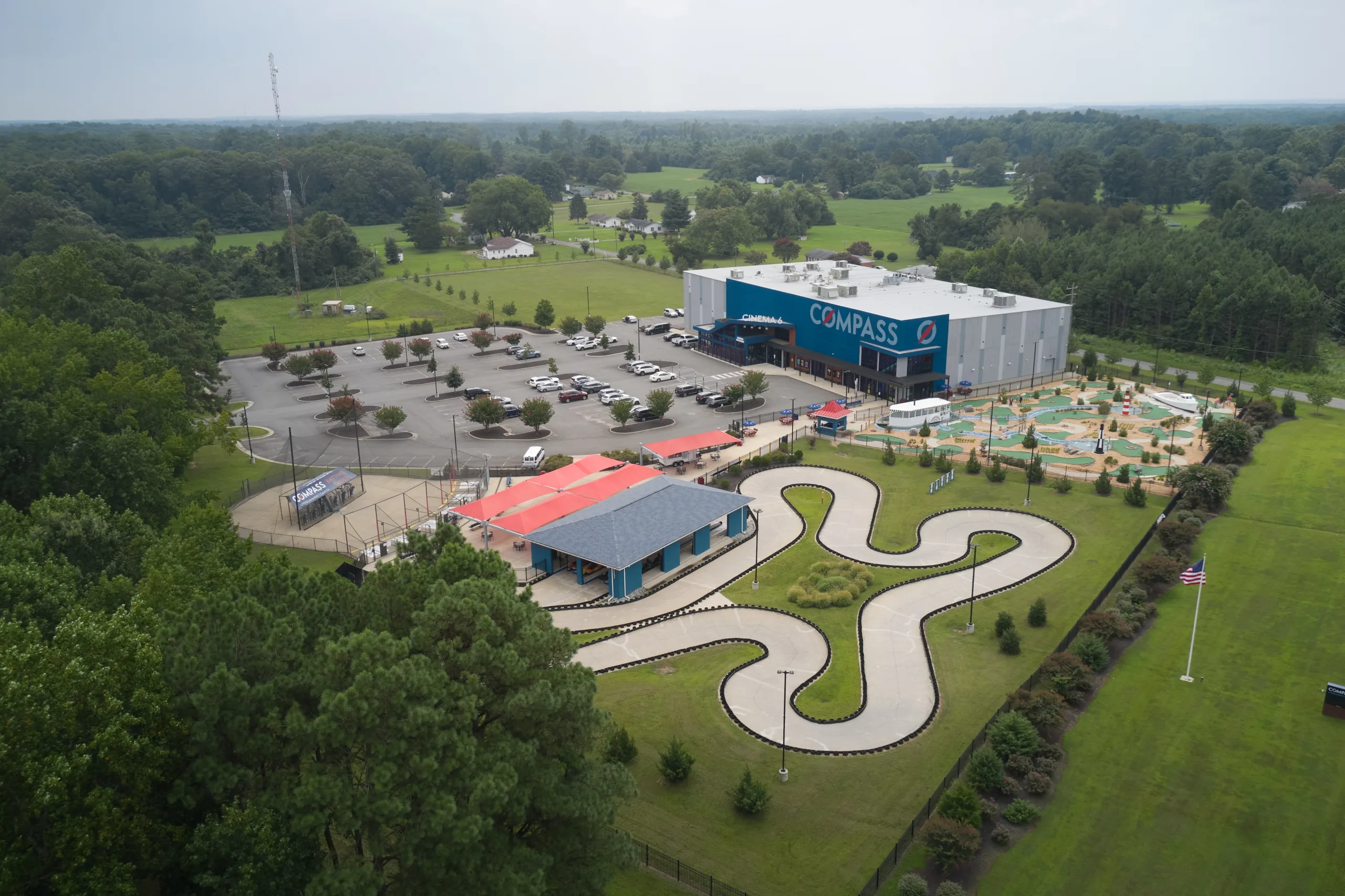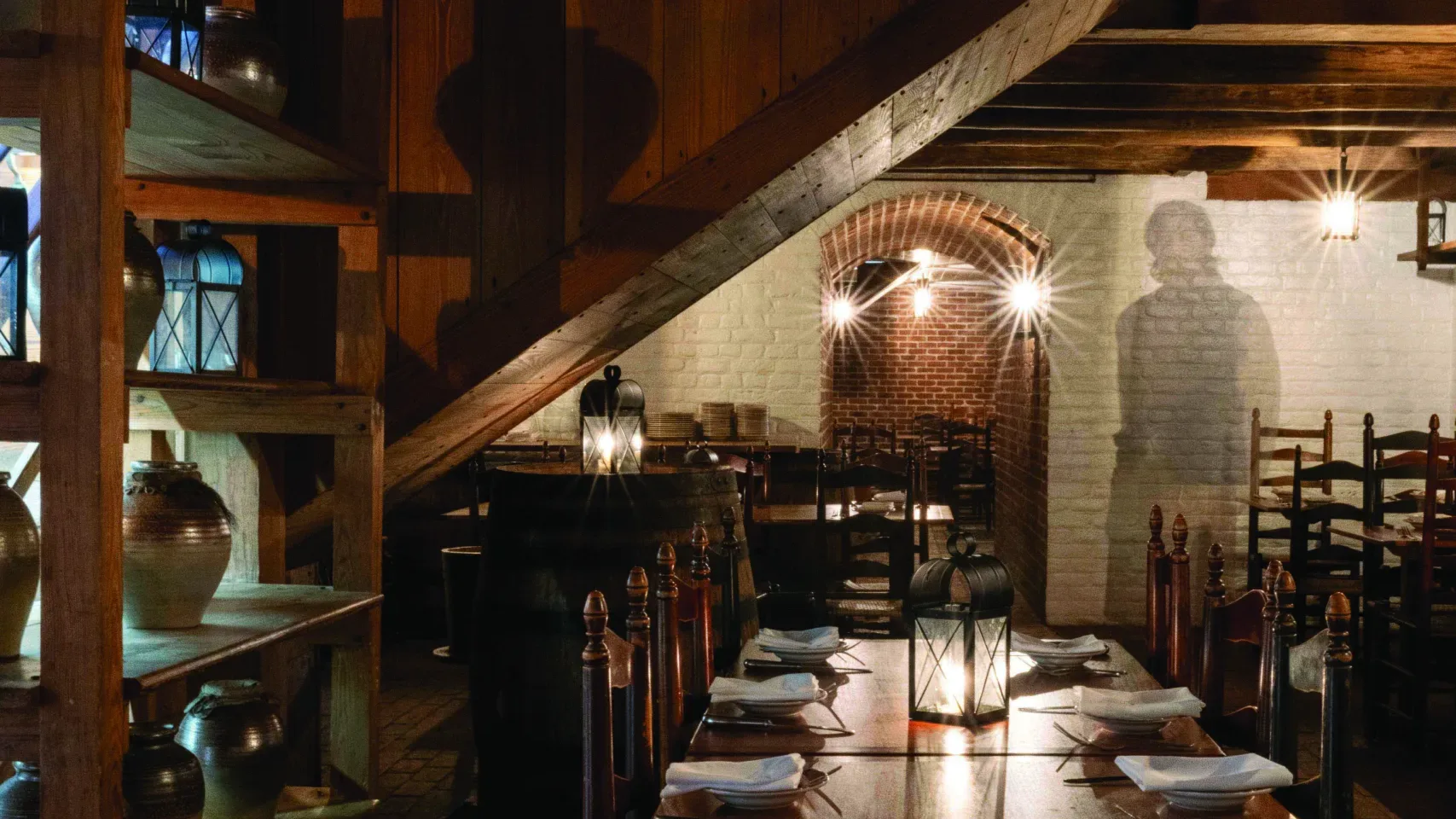When it comes to birdwatching, to call myself a rank amateur would be an insult to rank amateurs. Give me something incontrovertibly identifiable—your cardinals, your blue jays, your crows and Canada geese—and I’m all swagger and self-confidence. But throw a white-breasted nuthatch or a dark-eyed junco at me, or ask me to make the call between a downy woodpecker and a hairy woodpecker, and, you know, fuhgeddaboudit. I am the proverbial broken reed.
So it was with some satisfaction that I recently learned that even birds occasionally have a hard time with bird I.D. To wit, the Carolina chickadee and the black-capped chickadee. Take a gander at these two birds on the Cornell Lab of Ornithology’s “All About Birds” online bird guide, and tell me you can tell one from the other. No? As it happens, according to the guide, sometimes neither can they. “Where the two species’ ranges come in contact,” the guide advises, “the Carolina and black-capped chickadees occasionally hybridize.”
Part of that range overlap lies in far western Virginia, where, in theory at least, you might see one, you might see the other, or you might see one that’s a little bit of both. Beyond that wedge of Appalachia, though, black-capped chickadees keep themselves mostly to the north and west of Virginia. Carolina chickadees, however, can be found throughout the state. So if you live in, say, Charlottesville or Williamsburg or pretty much anywhere in the state east of Virginia’s narrow western “tail,” you can safely bet that the cute
little black-capped chickadee at your feeder is not a black-capped chickadee. Got that clear, now?
Speaking of “cute,” the Cornell Lab of Ornithology begins its description of the black-capped chickadee thus: “A bird almost universally considered ‘cute’ .… ” The Carolina chickadee, on the other hand, gets “curious” and “intelligent.” But if the cuteness factor, like the birds themselves, is arguably indistinguishable, nevertheless the two species do share a distinctive look, with black throats, gray wings, a white-to-buff belly, and those black-capped heads. Charmingly, a flock of chickadees is known as a “banditry,” and the cap does indeed make the birds look roguishly bandit-like, in the style of the Dread Pirate Roberts from The Princess Bride.
Looks aren’t their only similarity, either. Both birds make the “chicka-dee-dee” call that gives them their name, although the Carolina’s sounds slightly more sped up, like you pressed fast-forward. When a threat is perceived, the “chicka-dee” can serve as a call to action, rounding up not only fellow chickadees but other bird species, which also recognize the call, to gang up and harass a potential predator in an action known as “mobbing.” Research on both black-capped and Carolina chickadees has shown that the “chicka-dee” call can be remarkably nuanced and convey a range of information. A 2012 feature on Carolina chickadees in American Scientist noted, for example, that “there appear to be population-level ‘signatures’ in the call that distinguish one population from another,” while researchers at the University of Washington studying black-capped chickadees found that with mobbing calls, the birds threw in an increasing number of “dees” depending on the perceived danger of the threat. Another interesting note about their notes: where the two species overlap, sometimes their characteristic songs hybridize as well.
Despite their diminutive size (an adult of either species weighs a half-ounce or less), they are surprisingly hardy birds, able to survive even harsh winter weather (black-capped chickadees’ year-round range extends far north into Canada as well as Alaska). While in the warm months their diet favors insects and spiders, in winter seeds provide vital energy for cold days and nights. With sunflower seeds or suet in your feeders, you might find yourself enjoying visits from these stylishly arrayed little birds to chicka-delight you until spring.
Featured illustration by Katie Pelikan. This article originally appeared in the April 2025 issue.











